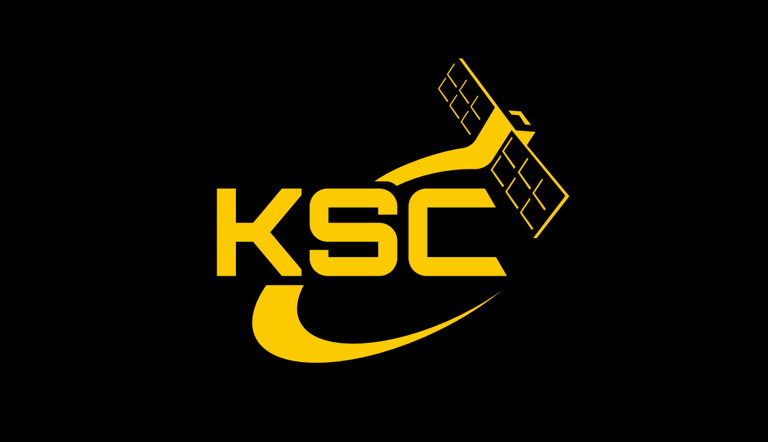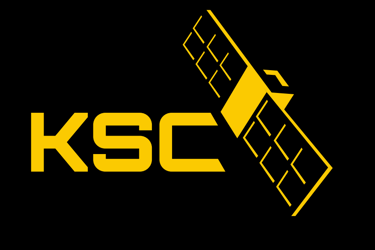Figure 1: Tethered CubeSat concept
Tethered-Sat 0
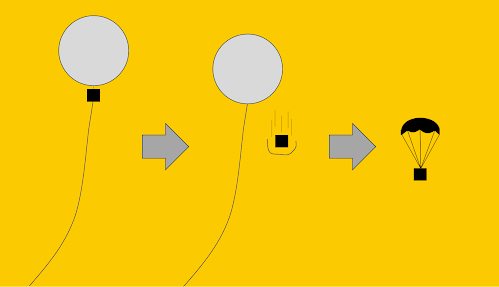

Tethered-Sat is a rapidly prototyped testbed for new scientific experiments and advanced systems. For version 0 the team is creating a well documented foundation that can be used by future teams as a starting point to implement complex systems for testing before the system is used in a larger project. Tethered-Sat 0 will use a tethered weather balloon along with a burn wire that connects to the CubeSat. Onboard, T-Sat 0, a spring loaded parachute deployment system will be activated once freefall is detected by the onboard accelerometer and barometer so recovery can be made.
The roles, responsibilities, and experience for each sub-team for Tethered-Sat is detailed below. Anyone is welcome and we are always looking for new members who are excited to work on the project.
Mechanical Team: CAD modeling, housing assembly, model analysis, material research, manufacturing, flight test, and parachute recovery systems
Electrical: Manufacturing, custom PCB design, testing internal systems, downlink communication, camera systems, power systems, microcontroller development, and soldering
Software: Recovery system, image processing, data acquisition & storage, flight testing, and GPS tracking
Sub-Teams
Getting Involved
The best time to join the rest of team working on Tethered-Sat is now and requires zero previous experience. Getting started is really easy and simply requires your participation by coming to one of our weekly team meetings which are posted within the "General T-Sat" or "announcements" channel in the KSC Discord. Project updates can be found on our social media accounts along with additional information about the project.

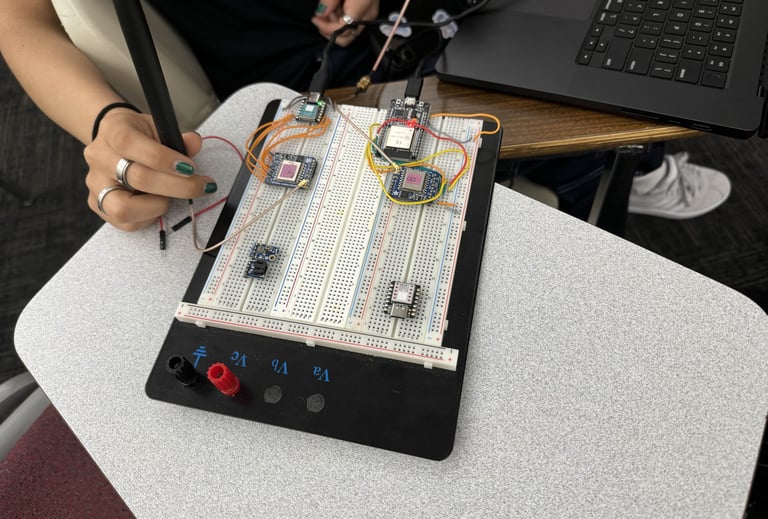

Figure 2: Radio communication ground station for burn wire mechanism
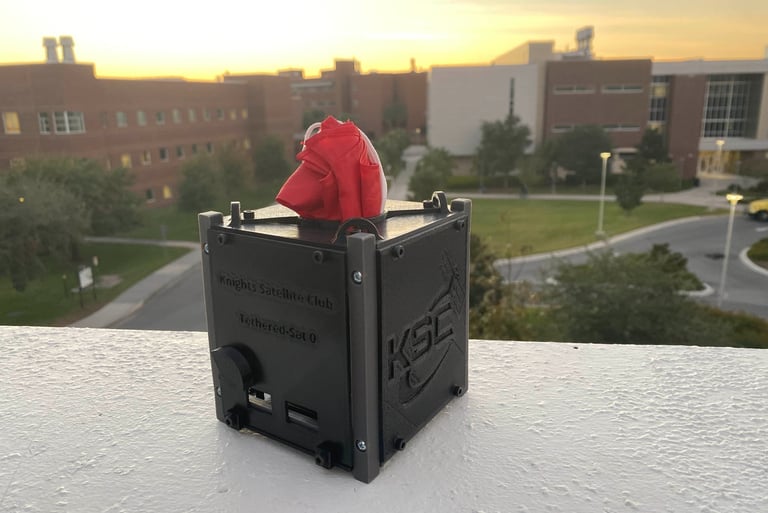

Figure 3: First successful software freefall detected parachute deployment
Figure 4: Final T-Sat 0 model used for flight
Tethered-Sat
Tethered-Sat 0 used a tethered weather balloon along with a burn wire that connects to the CubeSat. Onboard, T-Sat 0, a spring loaded parachute deployment system was activated once freefall was detected by the onboard accelerometer and barometer so a recovery could be made. The project begun October 2023 and was launched on January 20th, 2025.
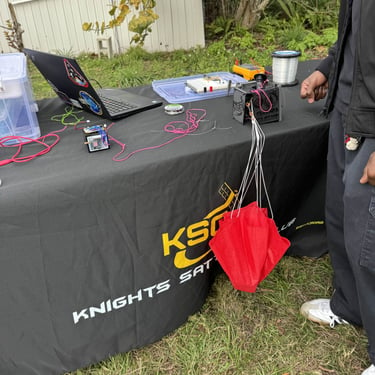
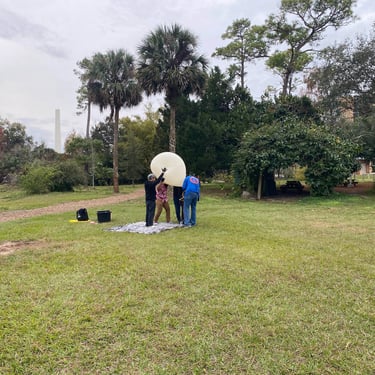
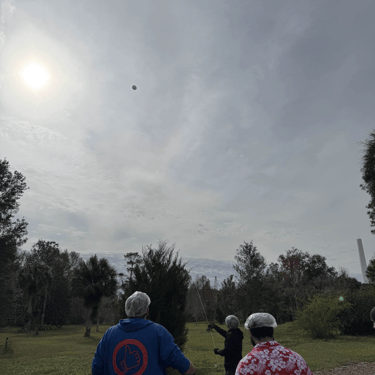

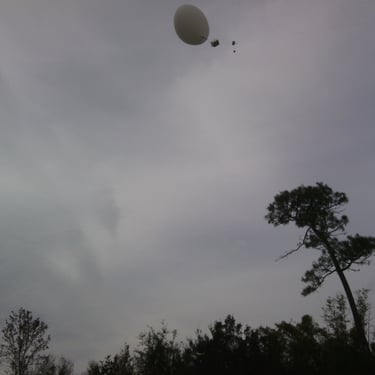
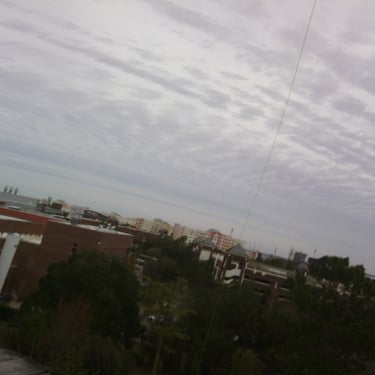
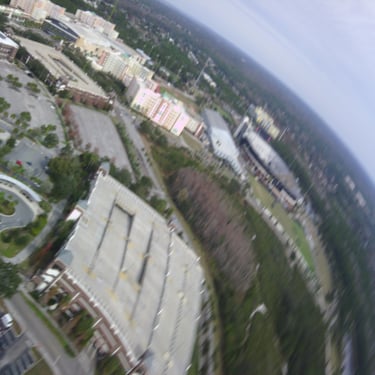
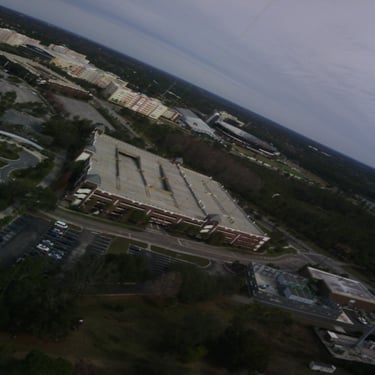
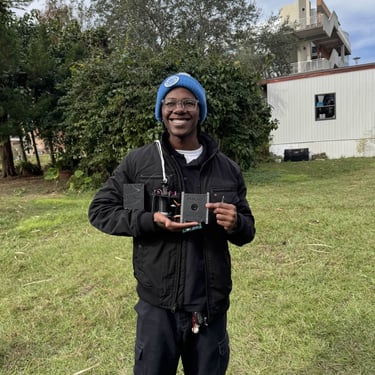
T-Sat 0 completed it's flight perfectly with the exception of a premature deployment of our parachute due to the threshold of our accelerometer freefall detection in our software. This was an issue we attempted to avoid with dozens of drop tests simulating a variety of conditions we expected on launch day. However, our payload experienced heavy winds and conditions outside of what we could test in our drop tests from a parking garage. Moving forward we will likely rely on barometric readings by themselves and avoid severe wind conditions during our launch window. Focusing on altitude measurements from a barometer will drastically reduce the chance of our payload getting caught in a large down draft that triggers our freefall detection threshold in our software to avoid the situation we faced in our launch.

Figure 5: Early deployment of our parachute due to the acceleration threshold being met
Tethered-Sat 1
Tethered-Sat 1 is a continuation and slight evolution of version 0. Our flight plan remains the same from the first flight, however, a few hardware improvements have been implemented alongside software tweaks. The goal for this version is to practice iterative design improvements rapidly in between flights by using our flight data and videos of the flight to designate areas of improvement for T-Sat. Version 1 will be launching summer '25 and our team hopes that the various changes improve flight operations and create a cleaner flight profile.
